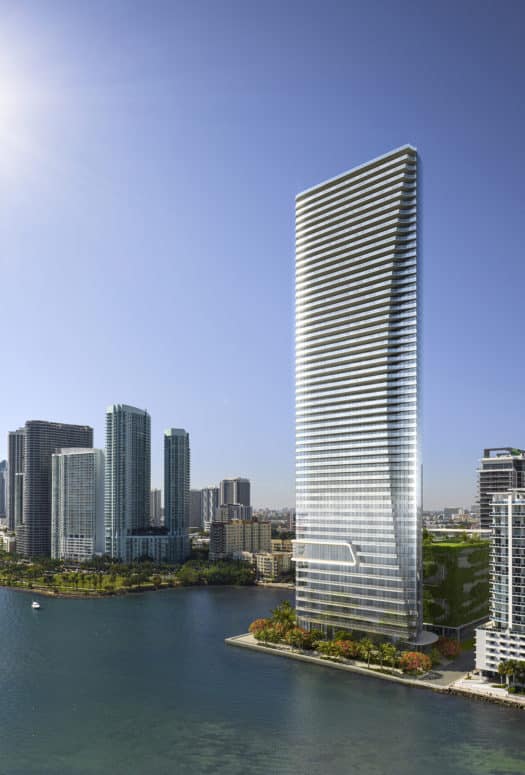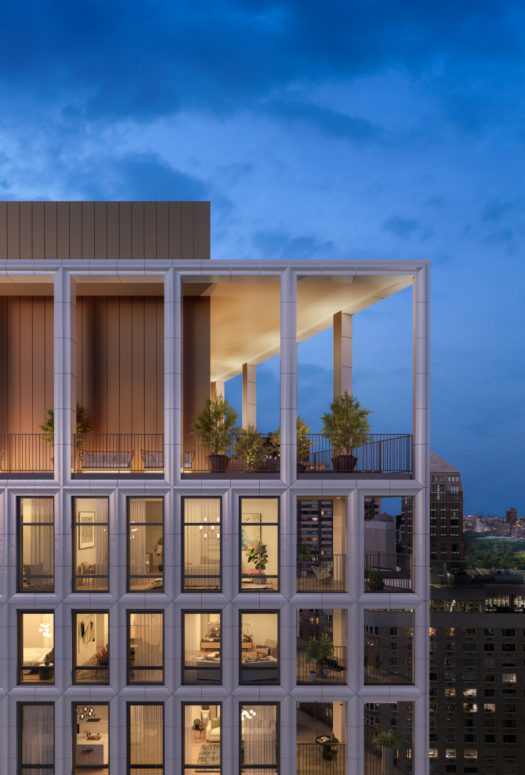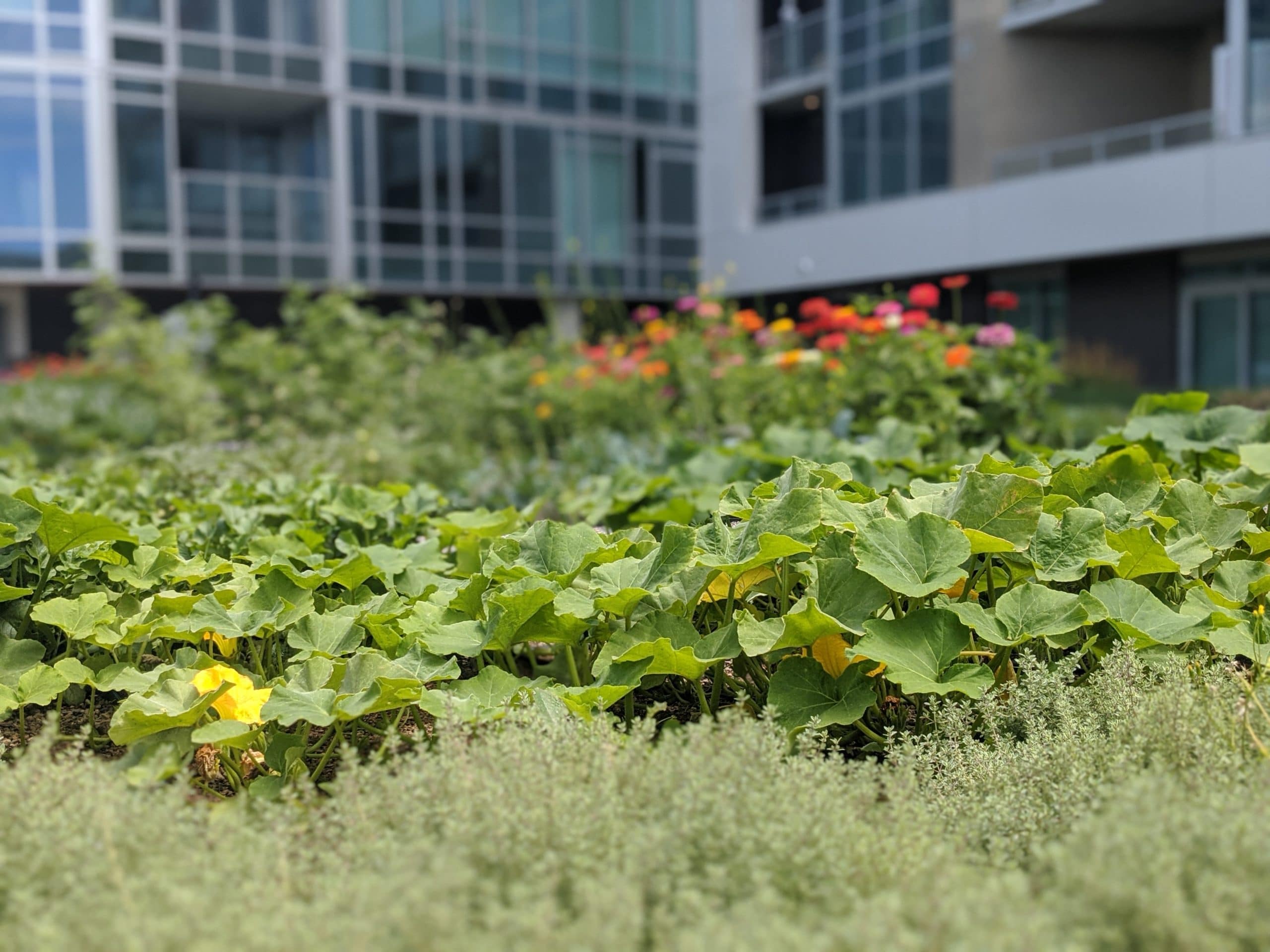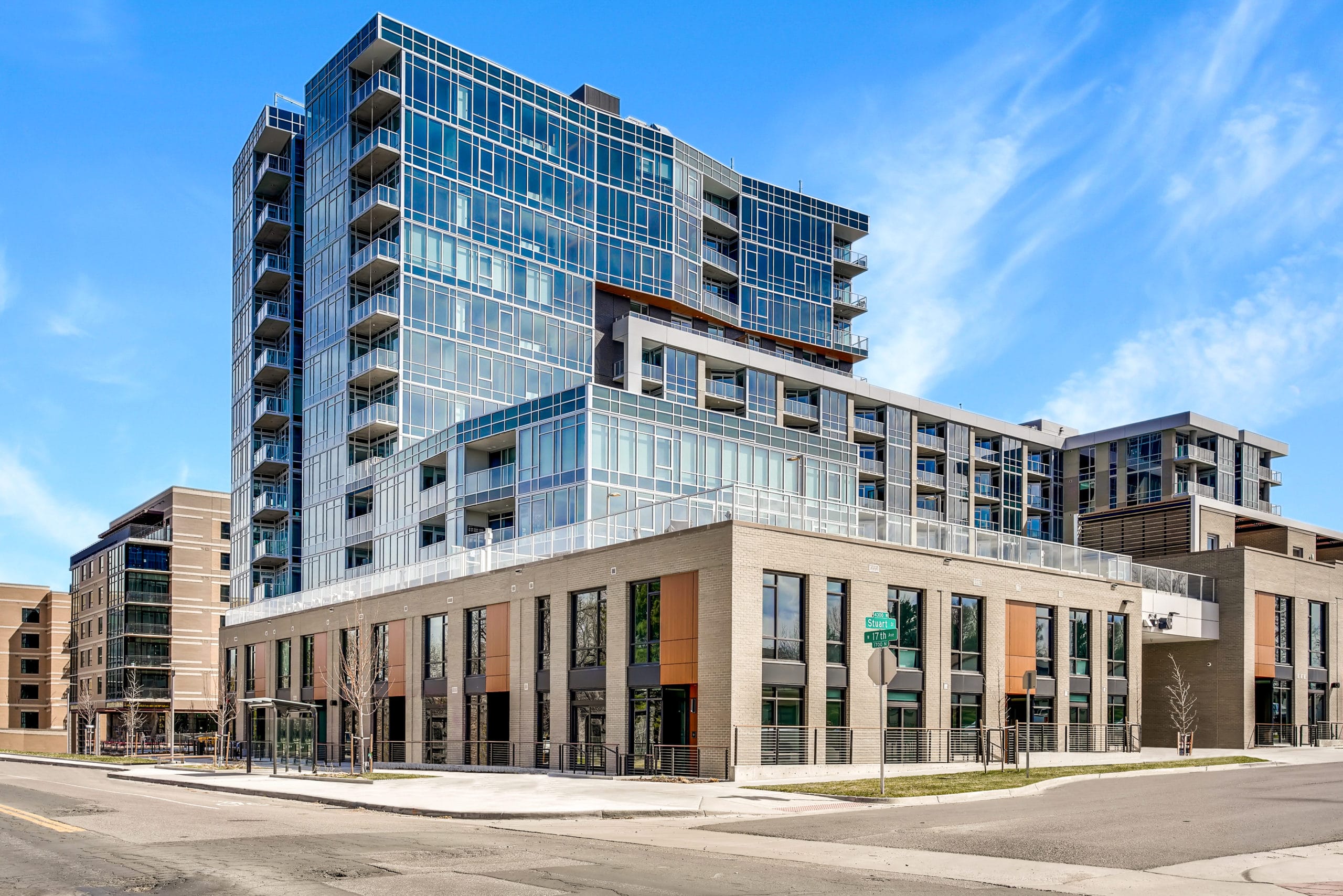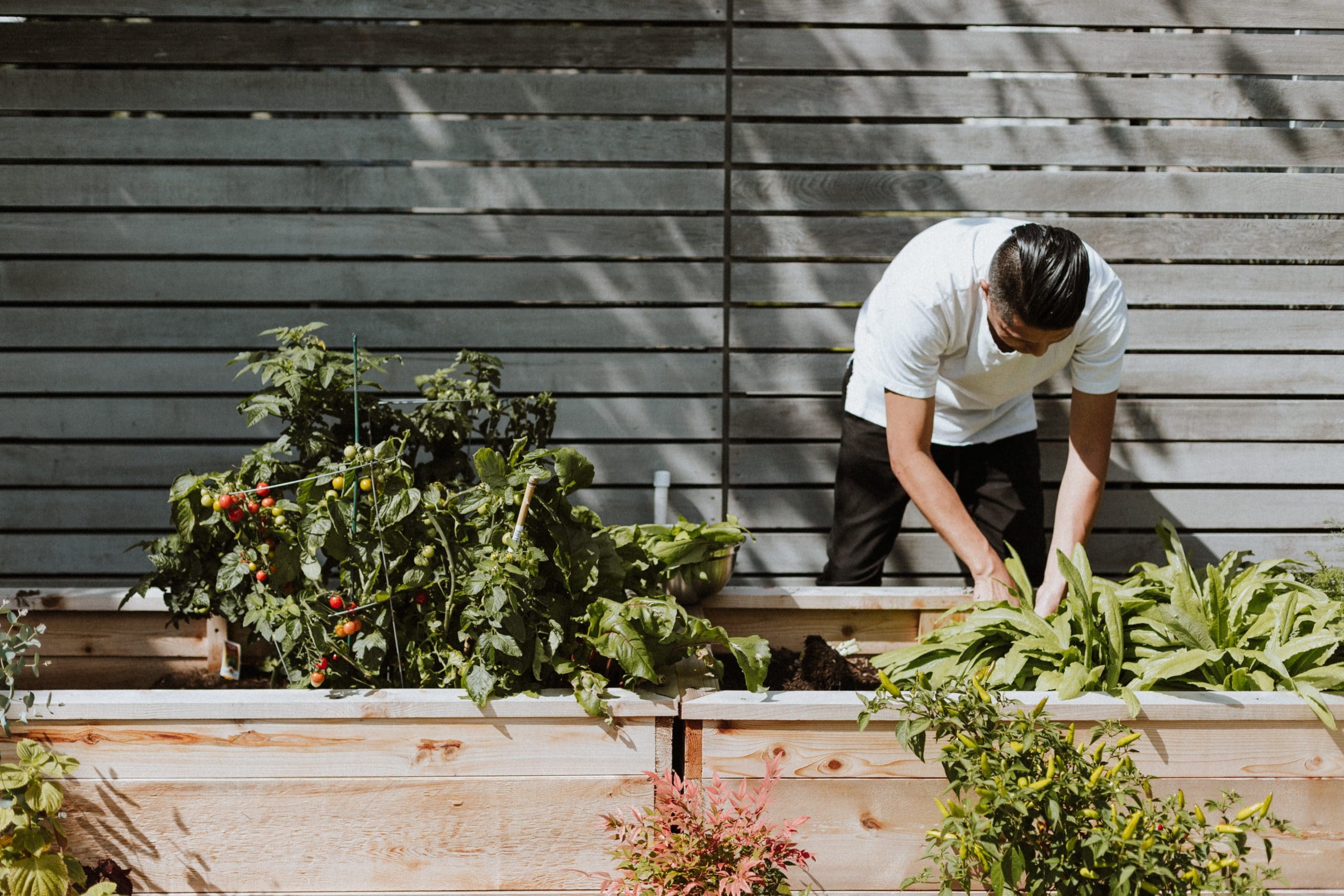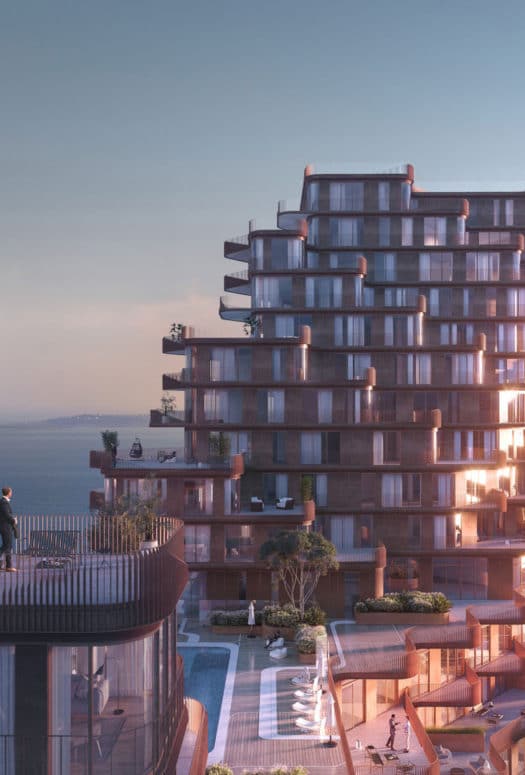Is Urban Farming the Next Big Condo Trend?
By: LX Collection
Judy Weingarten doesn’t live in a rural cottage, but in a newly opened condo at Lakehouse in Denver. Aside from the perks you might expect from a development like this—70-foot lap pool, yoga studio, elegant residents’ lounge—Lakehouse is home to a 3,000-square-foot urban farm, from which residents can pluck herbs and lettuce for dinner.
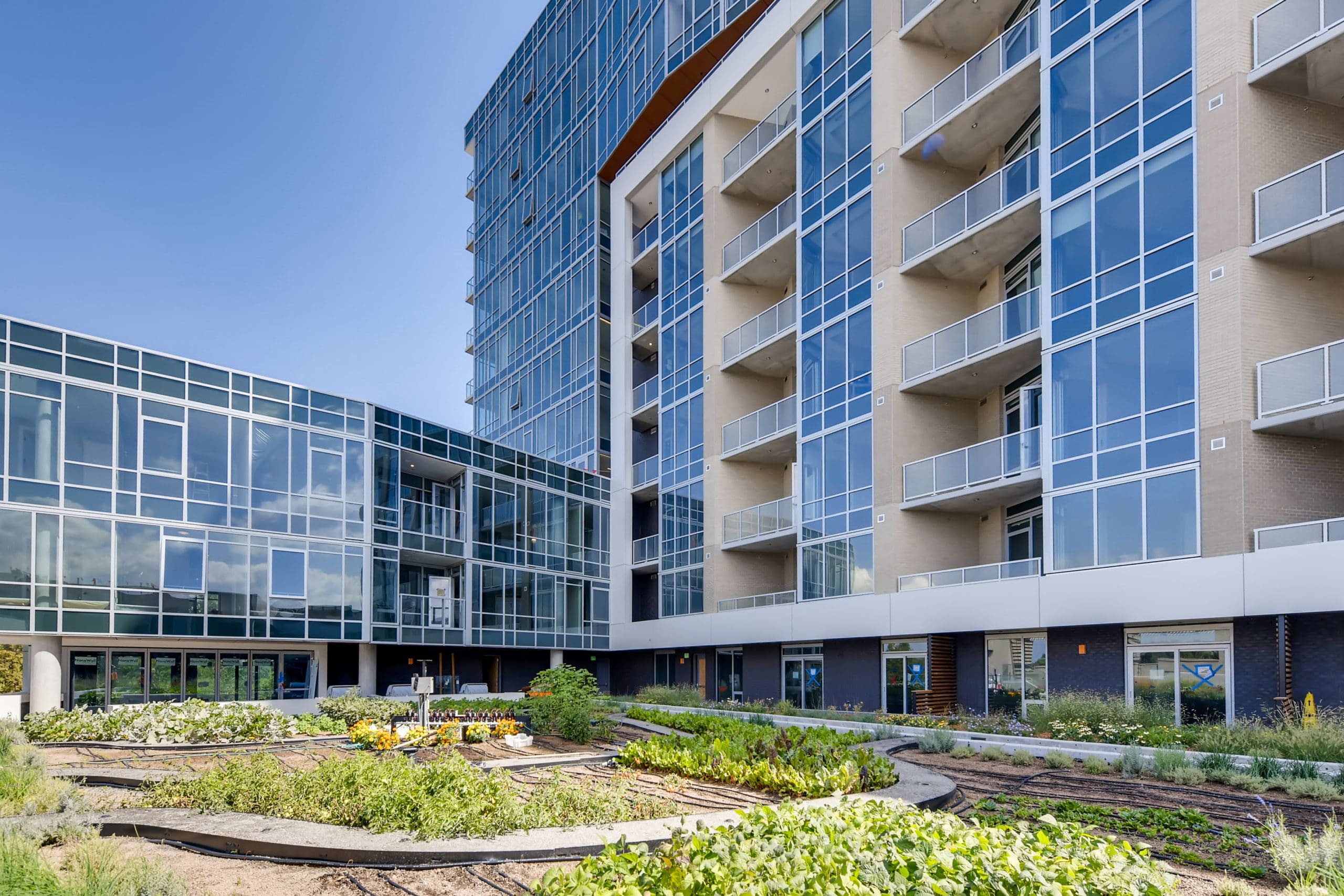 Photo Credit: Lakehouse
Photo Credit: Lakehouse
“I love looking out my window at the garden, contemplating what vegetable I am going to have with my dinner tonight,” Weingarten says. “I enjoy trying new recipes based on what is harvested at the time, as well as having fresh-cut flowers throughout the summer!”
The Condo with Its Own Urban Farm
Flourishing with green beans, poblano, oregano, carrots, and eggplant, Lakehouse’s raised vegetable and herb beds are overseen by Agriburbia. The company describes itself as “an innovative and growing design movement that integrates aspects of agrarianism with land development.” While Agriburbia oversees planting, irrigation, and harvesting, residents can weigh in on what gets planted—and are encouraged to chip in with the farming too.
Brian Levitt, cofounder and president of NAVA Real Estate Development, which developed Lakehouse, tells LX Collection: “Notices will go out on harvest days inviting residents to come to the harvest room and help themselves. They are able to cull herbs from the farm for their cooking at any time. Crops are also used for community events and cooking demonstrations.”
In 2020, Lakehouse’s urban farm turned over 1,600 pounds of produce. That’s enough to provide almost four Americans with their vegetable quota for the entire year.
The Growth of Condo Gardens
Outdoor space is increasingly desirable for potential condo buyers, and while this partly stems from the pandemic and the demand for residential space en plein air, the trend began before 2020 and made outdoor space a precious commodity.
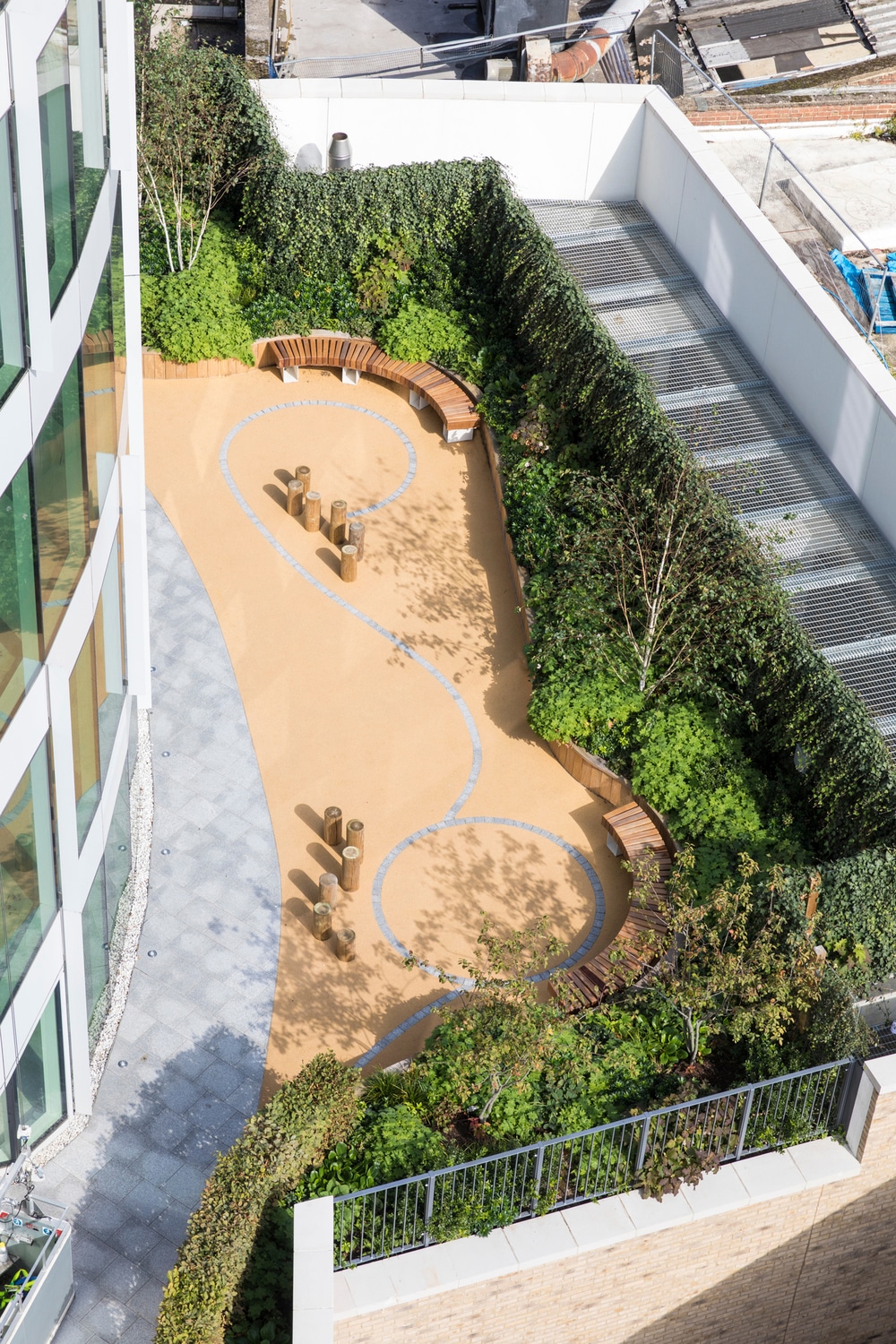
Innovative outdoor spaces have been finding their way into condominiums for years. Sky gardens have shot up from London to Ho Chi Minh City. Courtyards, lawns, and pergolas are now commonplace. In New York City, condos like 70 Charlton and 565 Broome maximize greenery with living walls. Architects and designers are looking at every last inch of space, asking, “could this be a garden?”
Until now, designers of these spaces have focused on aesthetics and creating outdoor entertaining areas, but a movement in growing vegetables, fruits, and herbs is now underway. You can see it in the sheer number of articles and explainer videos showing how to grow microgreens on the windowsill or dwarf apple trees in patio containers.
In response, some new condo developments are sowing the seeds for a genre of urban gardening where edible produce is grown and harvested in a community environment.
Ambitious Plans in Europe
In the Netherlands, a particularly ambitious urban farm concept is in the offing. MARK Green Vertical Village is a proposed complex of three towers in the city of Utrecht. Taking its inspiration from the traditional Dutch villages in the area, plans for this Vertical Village show roofs with greenhouses growing the likes of tomatoes, cucumbers, mushrooms, and apples. These year-round gardens would be owned and operated by a collective of farmers and financed by inhabitants of the 1,128 apartments via a monthly service fee. An on-site restaurant and area residents would also have access to harvests.
As with Lakehouse, MARK’s residents needn’t dig for their supper: “Participation is encouraged but not vital to the food production,” says Darius Reznek, a partner at Karres en Brands, the firm behind the plans.
But vertical villages face steep challenges. The biggest, says Reznek, is competing with traditional and industrial farming practices on cost and yield. “The farming concept/system needs to have additional benefits,” Reznek says, “community spaces, community building, soundproofing.”
While MARK is on track for completion by 2025, the urban farming aspect of it remains up in the air: “It is a vital part of the entire concept but currently under feasibility studies,” explains Reznek. He is in no doubt that a condo garden like this can happen—and be self-sustaining, too—but in the first instance, it requires an initial financial investment.
An Enhanced Sense of Community
Lakehouse’s success shows that baby steps will get you places. And while its urban farm doesn’t produce enough crops to feed residents at every meal, Brian Levitt explains it has already grown something else in abundance: community spirit.
“Our goal was to create an enhanced sense of community through education and access to good food that is grown on-site,” says Levitt. “It provides a way for residents to come together either to help in the garden or to cook together in the collaborative kitchen and outdoor grills.”
Reznek agrees that community farms and gardens sow the seeds for healthy relationships, as well as sustainability: “Common spaces are the places that tie these communities together,” he says, “where you meet your neighbors, get to know them, and are more likely to share things such as food, energy, and space.”
The urban condo farm isn’t a trend just yet. But Lakehouse is a beacon of what can be achieved, while MARK Green Vertical Village is an ideal of what might.
As residents seek sustainability, wellbeing, and community in their daily lives, expect to see the green shoots of more urban farms appearing in condos near you.



